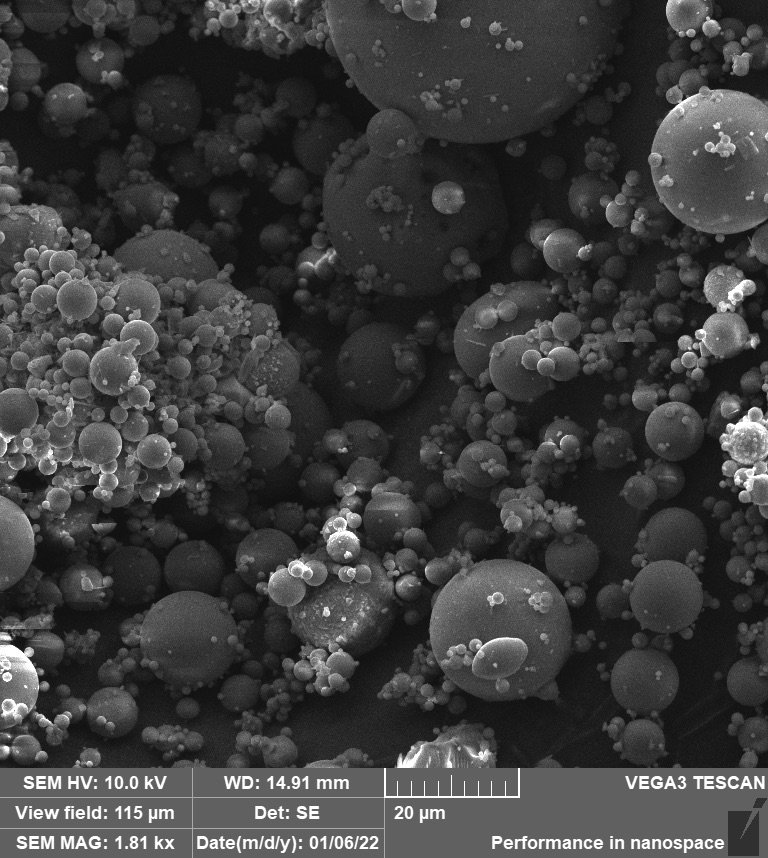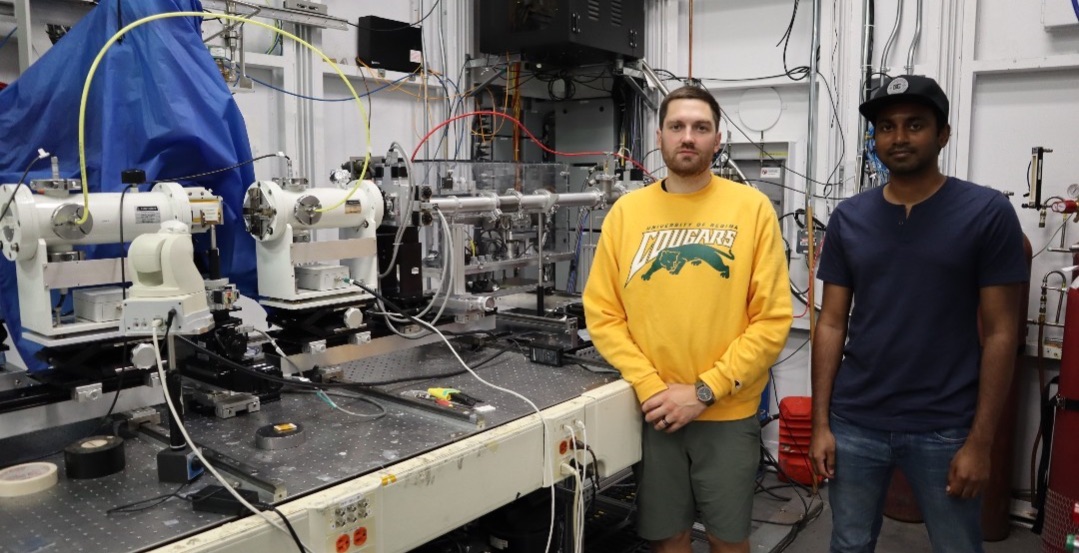Rare Earth Elements from Coal Ash: A sustainable solution for the energy transition
Transitioning away from a fossil fuel-based society will drastically increase demand for metals used in clean energy technologies. As a result, many of these metals, including nickel, cobalt, graphite, lithium, copper, and the rare earth elements (REE), are being designated as “critical minerals.” The REE are among the most important of the critical minerals, required in wind turbines, electric vehicles, high tech applications, and defense technologies. Currently, production is from either hard-rock ore deposits or ion-adsorption clays. With China producing ~60 percent and processing ~90 percent of the global REE supply, global supply chains are at risk.

Due to their necessity in clean energy technologies, REE demand is forecast to increase dramatically in the coming decades, potentially leading to a supply gap. If we want to meet stated climate change goals, more REE will need to be produced. Unfortunately, current REE sources are fraught with numerous environmental, social, and governance (ESG) concerns, and are among the most energy intensive metals to produce, requiring significant processing. Rising demand, coupled with domestic supply and ESG concerns, have led to interest in new sources of REE.
Coal fly ash, a fine powder produced during coal combustion for electricity generation, is emerging as a promising source of REE. Coal fly ash is generated in massive quantities around the world, often stored in landfills or ash ponds, and can leach heavy metals into the environment. Recovering REE from fly ash can help solve three issues:
- Remediating a waste product;
- Securing a more sustainable source of these metals; and
- Allaying domestic supply concerns, as coal waste is more widespread globally than ore deposits.
A significant roadblock in using fly ash as a source of REE, is that an environmentally friendly, economic process to extract the REE has yet to be developed. This requires additional characterization of the fly ash to figure out the best way to get the REE out. A recent study in Environmental Science & Technology from the University of Regina in Saskatchewan, used advanced techniques including X-ray absorption near-edge structure (XANES), and extended X-ray absorption fine structure (EXAFS) spectroscopy at the Canadian Light Source synchrotron. The goal of the research was to determine the speciation and chemical occurrence of REE in the fly ash. They analyzed yttrium, one of the REE, to reveal whether it was encased in a specific mineral phase within the fly ash or dispersed throughout the ash particle. This technical analysis is critical because the ease of extracting REEs depends on the specific chemical forms they take in these materials.
The findings were promising, as yttrium were found to exist in specific phosphate and silicate mineral phases which were incorporated into the fly ash particle. Since the phosphate mineral xenotime is a main ore mineral of REE, it is possible that an existing process could be modified for fly ash. Importantly, it was also found that combustion does not significantly alter the form of the REE, which means a future process to get REE from fly ash may also be used for coal.

Experts conducting the study emphasize that the research is still in its early stages. Several technical challenges remain before widespread adoption of REE extraction from fly ash is feasible, and more work is needed to characterize the ashes. Developing efficient, low-cost recovery processes is one such challenge, as current methods may not be economically viable at a large scale. However, the initial findings provide a strong case for further research and investment in this area.
By focusing on improving the recovery of REE from fly ash, countries that previously relied on importing these critical metals from other nations could instead turn to their own waste streams to meet domestic demand. Moreover, the extraction of REE from coal waste aligns with broader efforts to establish a circular economy, where waste products are repurposed rather than discarded. This strategy also helps address a key obstacle in the transition to renewable energy — the environmental and social costs of mining.
As the clean energy transition accelerates, the demand for REE and other metals will only continue to grow. To avoid supply chain disruptions and environmental degradation, innovative solutions like extracting REE from coal ash will need to be explored and refined. This research offers a glimpse into a future where even the byproducts of our past reliance on fossil fuels can play a vital role in building a sustainable energy system.
Brendan Bishop is getting his PhD in Geology at the University of Regina. He can be reached at: [email protected]
Analysis of the referenced study was performed by Canadian Light Source.
Canadian Light Source | www.lightsource.ca
Author: Brendan Bishop
Volume: 2024 November/December







